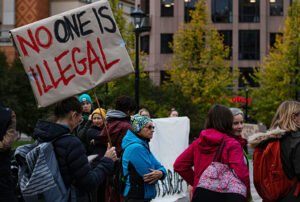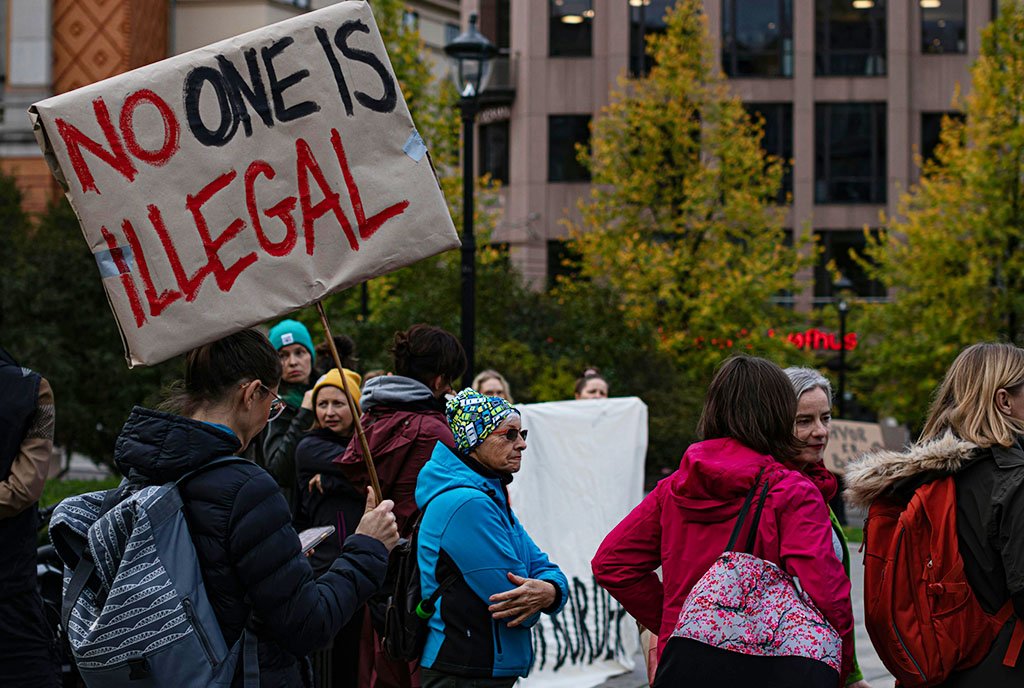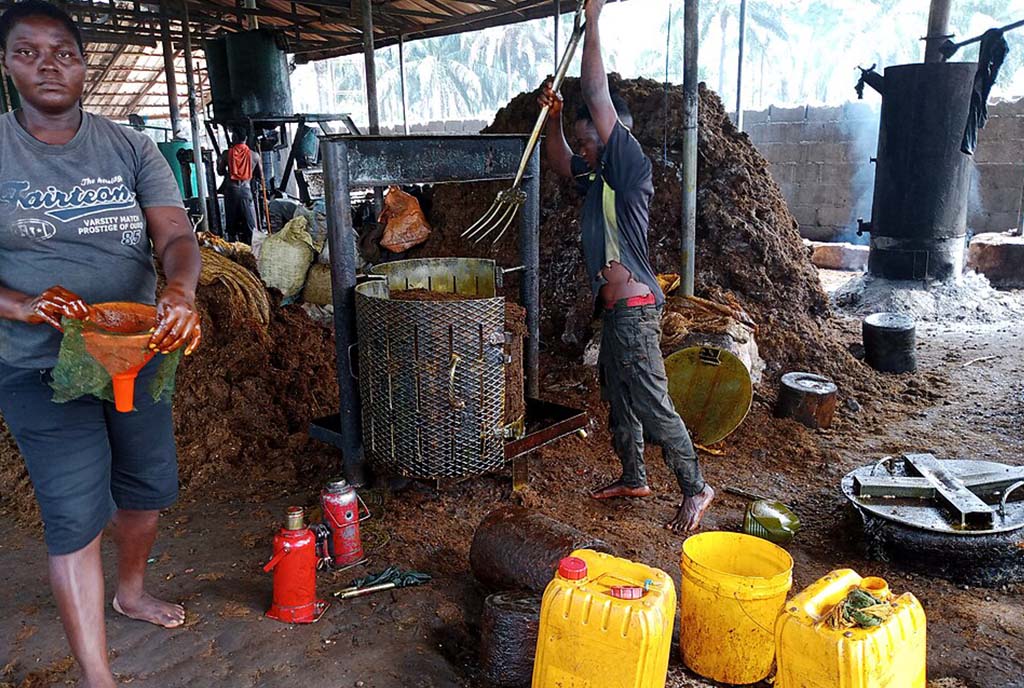
“People kind of just say, ‘Oh, it’s so bad, so smoky, I hate it.’ But when we ask people to actually give the words of their experience, they use ‘oppressive, heavy.’ They feel depressed.”
That’s according to Elizabeth Walker, advisor to Clean Air Methow, a coalition of community members in rural Washington state. The coalition was formed in 2013 to address the region’s poor air quality, and in 2014 became a critical community resource in the wake of the devastating Carlton Complex Fire. Walker spoke to the Daily Yonder about something she knows well: living under the constant threat of wildfires and lingering, intense smoke.
Along with the physical danger, there are mental health consequences. As Walker put it, “What we often don’t explicitly acknowledge is the threat of what the oppressive, opaque, physical heaviness of being under this white smoke for a prolonged period of time is like.”
Mental Health Awareness Month may have come to an end, but those Americans living in rural areas with livelihoods dependent on agriculture face continued and increased risks of depression, anxiety, and other mental health issues. Why is the mental health of rural Americans such an urgent crisis? For one thing, their ready access to firearms has meant escalating rates of suicide.
More Than Physical Ailments
Sixty-five percent of rural counties lack a single psychiatrist.
The climate crisis has brought significant added stress to those who live and work in wild or rural areas. Severe heat and drought are radically and rapidly changing how and what plants can be grown and livestock raised. Storms can wipe out crops in an instant or level farms, trees, or homes. Rivers are drying up, as are the streams of tourists in places dependent on wilderness recreation like Oregon, Idaho, Colorado, and in the Grand Canyon, where a 2022 whitewater rafting drowning was attributed in part to both low water levels, forcing rafts on a different route, and debris from an earlier flood.
As Outside reported, “It was not only the lower river that worried guides, but also the sudden rise in water temperature by anywhere from 15-20 degrees.”
In the face of so much uncertainty about their lives and livelihoods, residents in rural areas are also experiencing greater rates of depression, anxiety, fear, and loneliness. As the Daily Yonder reported, smoke from wildfires, which tends to accumulate and linger in valleys, can “trigger more than physical ailments like asthma.”
Less Likely to Find Help
Yet in the face of what Mental Health America (MHA) called the “Rural Mental Health Crisis,” residents are less likely to receive help. This is due to a variety of factors. First, there is a care gap, with fewer primary care providers in rural areas. According to MHA, 65 percent of rural counties lack a single psychiatrist.
Spotty and, in some cases, completely absent internet access further complicates making or finding health appointments and other resources. Having to travel long distances to receive care, not having enough insurance, being unable to pay out of pocket, and living in areas with higher rates of poverty make it all the more difficult.
Compounding these lifestyle factors are cultural ones. In some parts of rural America, mental health is still considered a private, family issue. Families may close ranks, further isolating themselves. As MHA wrote, “The stigma associated with mental health conditions is a major barrier to seeking help for many individuals in rural communities,” with some failing to “recognize mental health conditions as valid health issues. This type of thinking is often more common in rural communities, where a mental health condition can be seen as a personal weakness or character flaw, which adds shame to the struggles of someone already dealing with a mental health condition.”
Sign up for our free newsletters
Subscribe to NPQ's newsletters to have our top stories delivered directly to your inbox.
By signing up, you agree to our privacy policy and terms of use, and to receive messages from NPQ and our partners.
Another troubling statistic: suicide rates have been consistently higher in rural America for decades, according to multiple studies. As the Centers for Disease Control and Prevention wrote, “Between 2000-2020, suicide rates increased 46 percent in non-metro areas compared to 27.3 percent in metro areas.” The beginning of the COVID-19 pandemic was certainly a factor in that timeframe, but the impacts of human-caused climate change also accelerated—and show no signs of slowing.
Wildfire smoke specifically has been linked in studies to an increase in death by suicide in rural areas. Smoke from fires can trap people in their homes, cutting off access to social events, support, and communities. It can also cause persistent, debilitating symptoms such as headaches and exhaustion. And smoke can feel unending, with people in whole states or even a country away from a wildfire experiencing the choking, hazy atmosphere for weeks or more.
The combination of climate change events and firearms more readily available due to hunting, farm use, and cultural factors is a deadly one for rural communities. “I think what’s different with rural people is they have access to guns, and they’re much more effective at succeeding in their efforts,” noted Joseph Schroeder, a disaster response veteran and former University of Kentucky mental health extension specialist.
“That leaves 60 million people—about one in every five Americans—living in rural areas for which there is little data on how climate change is affecting their health.”
Schroeder told the Daily Yonder, “It’s a poverty problem and it’s an isolation problem. And that looks differently in rural communities than it does in urban communities.”
Adding to the mental and physical health impacts of severe climate events is the fact that they keep repeating. Experiencing a disaster such as a wildfire is a trauma. Every time there is a new fire or a new climate disaster—which happens around the globe with more severity and regularity—memories and stress responses come streaming back, even if danger is not imminent. Survivors are traumatized again.
More Research Is Needed
Groups are stepping up to help, like Firebrand Resiliency Collective, a nonprofit formed to support the community impacted by the Almeda Fire in Oregon in 2020. For many survivors, having someone to talk to, someone who understands and believes the experience, is an essential first step in caring for their mental health. When it comes to surviving a severe climate event, that’s a very specific experience.
For rural Americans, there is a lack of research on climate change health impacts, including mental health and preventive measures. More studies are needed examining the mental health of rural residents due to climate change. As the Association of American Medical Colleges wrote last year, “Most of the research into the impact of climate change, along with efforts to mitigate the effects, have focused on urban areas.…That leaves 60 million people—about one in every five Americans—living in rural areas for which there is little data on how climate change is affecting their health and how they can better adapt to those changes.”
For many rural residents, the changes keep coming, forcing them into a new reality. “That grieving and that mourning is re-triggered by smoke season because it’s evident in the very air we breathe that their experience is not only real, but it hasn’t ended,” said Tucker Teutsch, executive director of Firebrand Resiliency Collective, to the Daily Yonder.
The nonprofit runs a support group for wildfire survivors to share grief and offer resources and support to one another. The group has met every week for four years.












